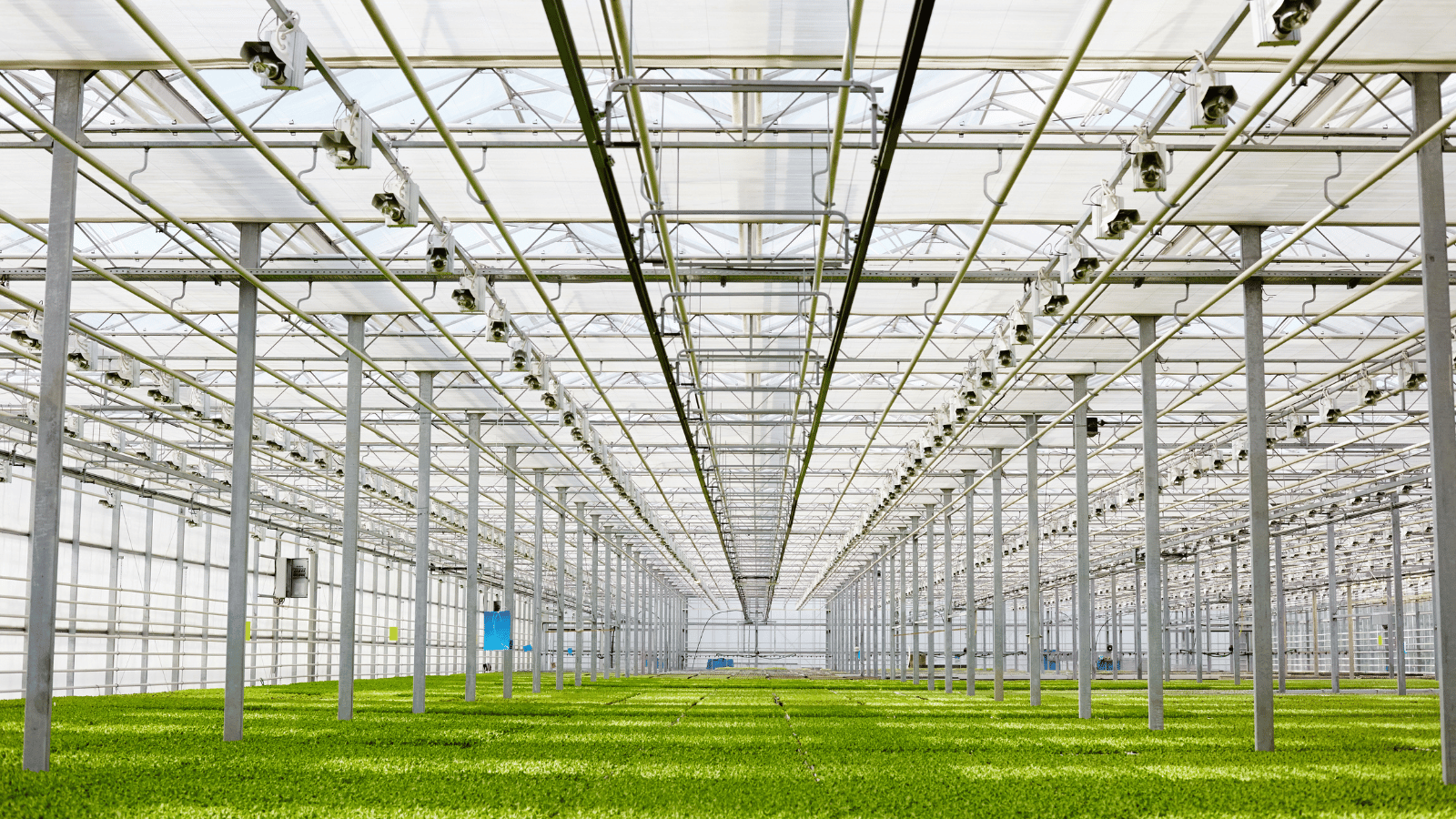The European Commission has renewed the approval for some very toxic pesticides, restricting utilisation to permanent greenhouses. The EU institutions falsely treat permanent greenhouses as closed spaces, preventing the release of pesticides into the environment. This is not in line with their own EFSA guidance document. It explains that “high-tech greenhouses, usually perceived to be ‘closed systems’, may still result in [...] leakages into the environment” [1]. Scientific findings confirm that greenhouses are leaking pesticides.
What are greenhouses?
At the EU level, Regulation (EC) 1107/2009 proposed a “unique” definition of greenhouses. Article 3(27) defines greenhouses are “walk-in, static, closed places of crop production with a usually translucent outer shell, which allows the controlled exchange of material and energy with the surroundings and prevents the release of plant protection products into the environment”.
From this definition stems the re-approval of pesticides that are very toxic for the environment and/or human health. Examples are abamectin and sulfoxaflor, not authorised for outside use but allowed to be used in permanent greenhouses.

The issue with greenhouses
Greenhouses in practice are not closed spaces and do not prevent the release of pesticides into the environment. The European Commission is well aware of this. In 2014, EFSA published a guidance document “ranking the emissions of active substances of plant protection products and transformation products of these active substances from protected crops (greenhouses and crops grown under cover”. The same guidance document was later also adopted by the European Commission in a SANCO document. [2] In this process, the member states expressed several concerns such as the differences between the EFSA’s definition and that of Regulation 1107/2009, the absence of available models and the lack of clarity in how such a definition should be applied at the national level e.g. with the principle of mutual recognition.
The European Commission in its Guidance on negligible exposure states that “it is not possible to demonstrate ‘closed systems’ throughout the entire life-cycle of a plant protection product”(p.9). It further establishes that “high-tech greenhouses, usually perceived to be ‘closed systems’, may still result in [...] leakages into the environment are also possible”[3].
Scientific findings confirm that even permanent greenhouses are clearly leaking pesticides into the environment. For instance, to quote only one amongst a plethora of scientific literature, a recent Swedish study[4] analysed surface water downstream next to 7 professional greenhouses (vegetables and ornamentals) every 14 days for one year. Of the 28 allowed pesticides in the greenhouses (based on monitoring of the growers), 25 were detected in the monitored surface water, while, according to the legal definition, none should be found.
We ask the EU to provide and develop an adequate risk assessment on greenhouses and their emission routes. To protect health and environment the EU should stop to allow the use of otherwise banned pesticides in greenhouses.
Recent activities
- Letter to The European Food Safety Authority (May 2024) to receive a series of clarifications on their work regarding the use of pesticides in greenhouses, and abamectin in particular.
- Court case against the authorisation of Abamectin for use in greenhouses (ongoing)
- Report: It rains pesticides from greenhouses: The end of a myth, greenhouses are releasing pesticides into the environment (2023)
Notes:
[1] Technical guidance on the interpretation of points 3.6.3. to 3.6.5, and 3.8.2 of Annex II to Regulation (EC) No 1107/2009, in particular regarding the assessment of negligible exposure to an active substance in a plant protection product under realistic conditions of use” (SANCO-2014-12096), p.9.
[2] SANCO/12184/2014 – rev. 5.1, 14 July 2015.
[3] Technical guidance on the interpretation of points 3.6.3. to 3.6.5, and 3.8.2 of Annex II to Regulation (EC) No 1107/2009, in particular regarding the assessment of negligible exposure to an active substance in a plant protection product under realistic conditions of use” (SANCO-2014-12096), p.9.
[4] Kristin Boye, Gustaf Boströma, Ove Jonsson, Mikaela Gönczi, Klara Löfkvist, Jenny Kreuger, Greenhouse production contributes to pesticide occurrences in Swedish streams, Science of the Total Environment 809 (2022) 152215